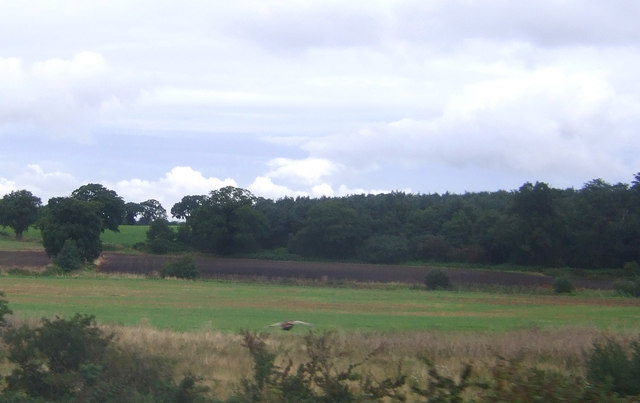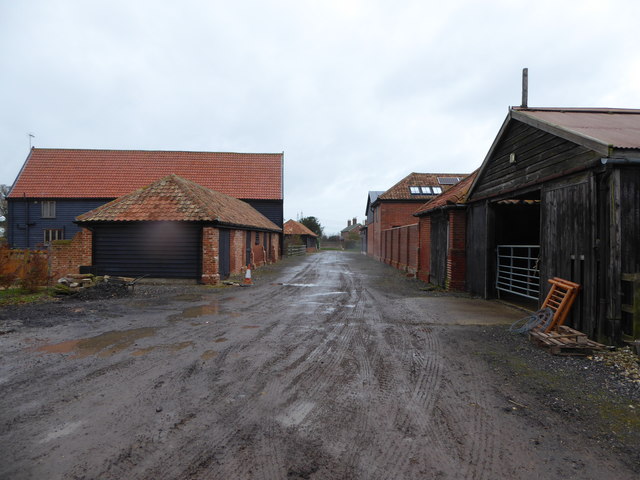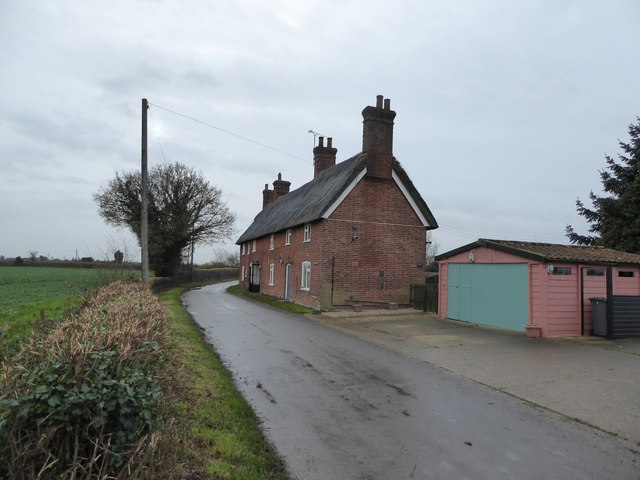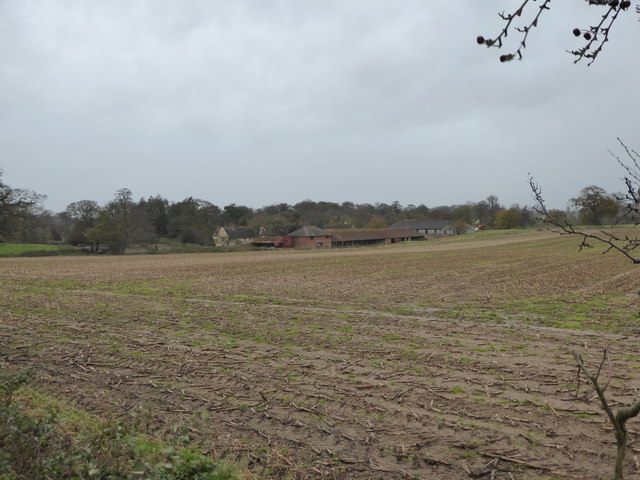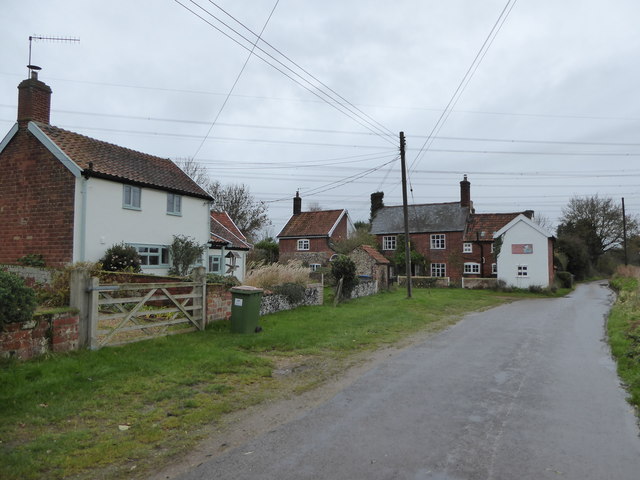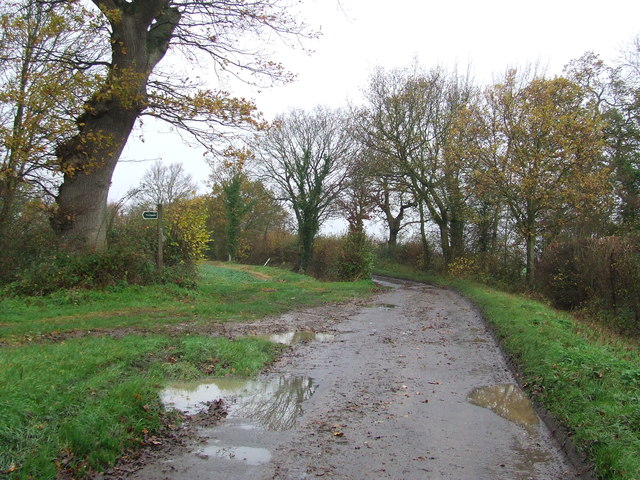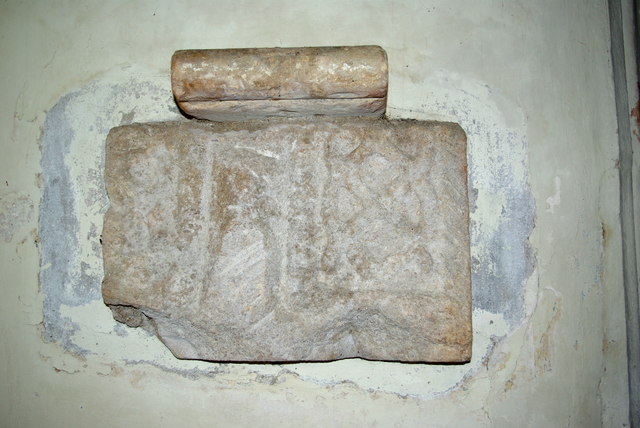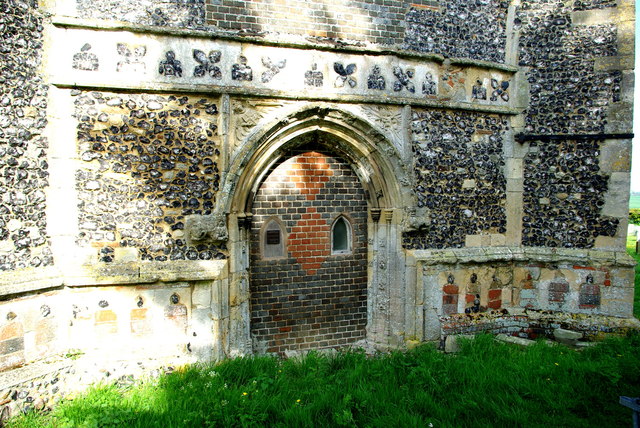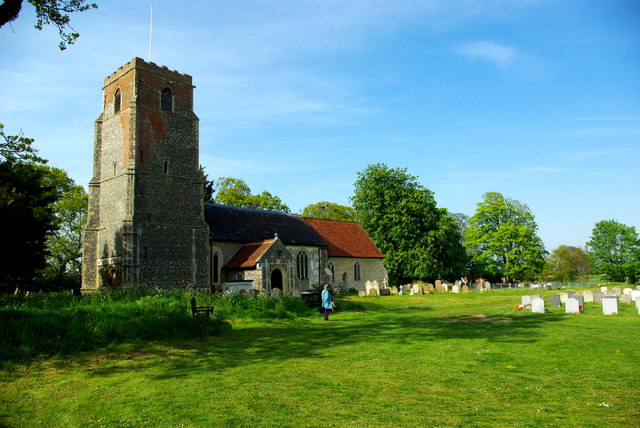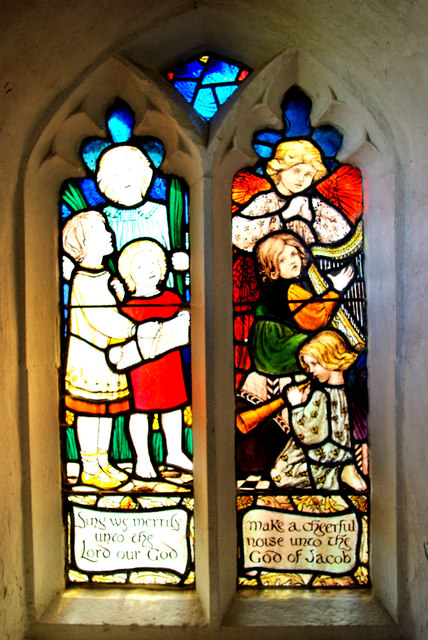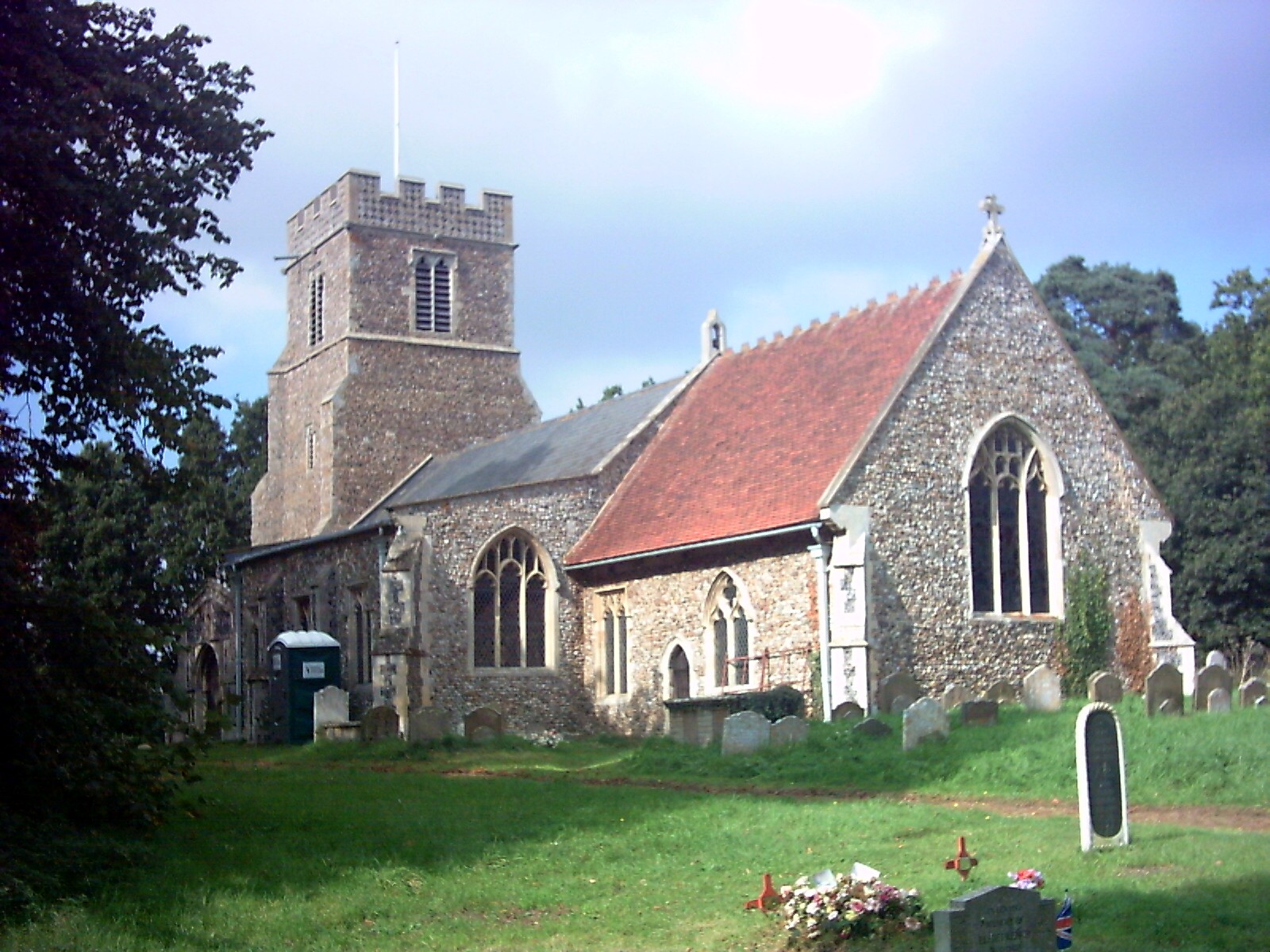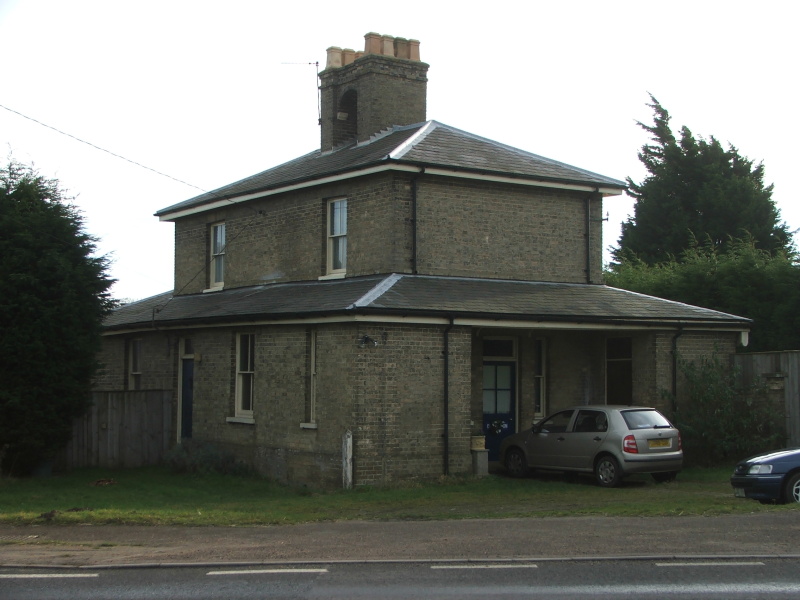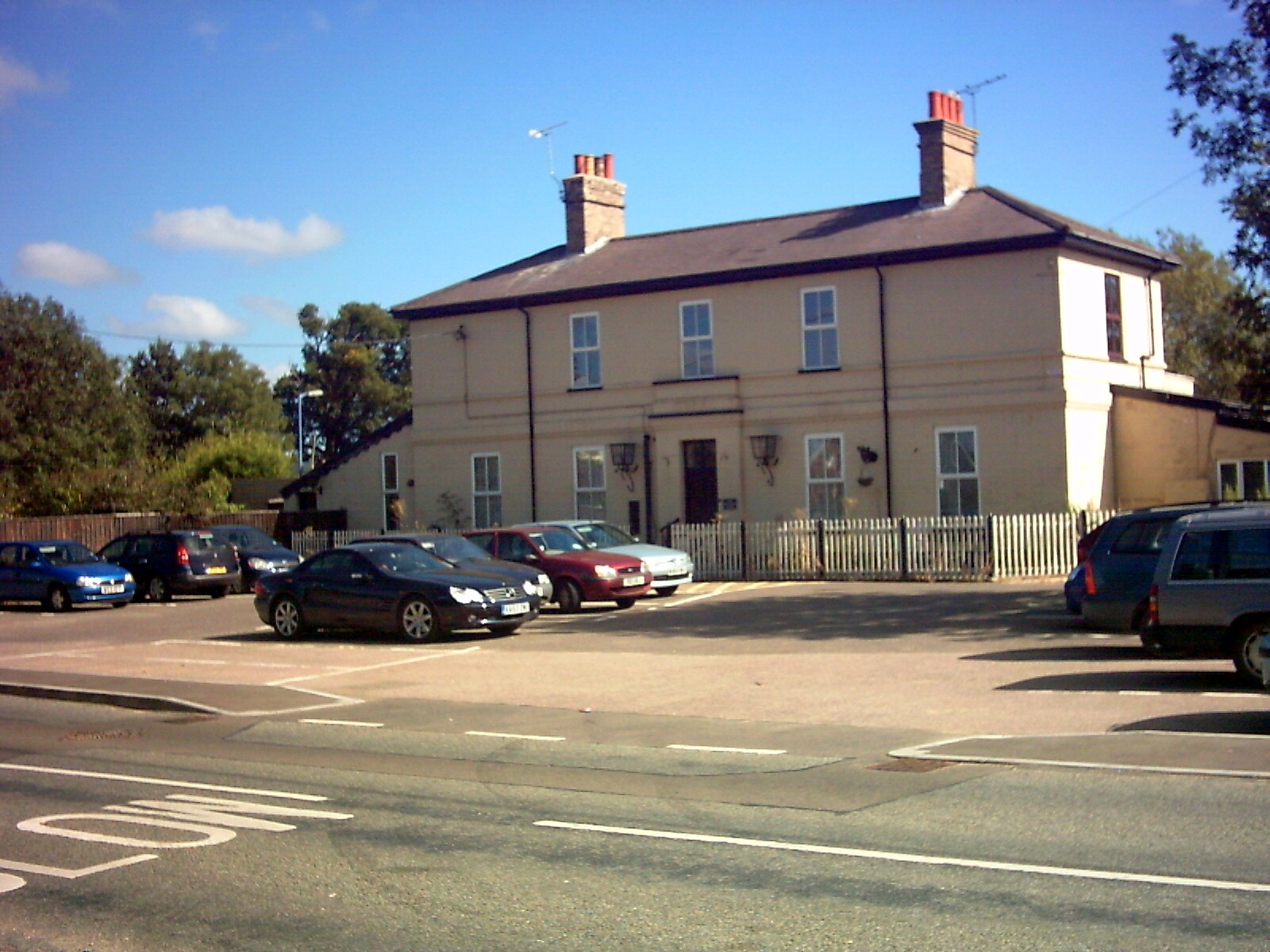Blackstock Covert
Wood, Forest in Suffolk East Suffolk
England
Blackstock Covert

Blackstock Covert is a pristine woodland located in the county of Suffolk, England. Spanning over a vast area, it is commonly referred to as a "covert," which is an old English term for a small wood or forest. The covert is situated in a serene and secluded location, providing visitors with a peaceful escape from the hustle and bustle of everyday life.
The woodland of Blackstock Covert is characterized by its dense canopy of trees, predominantly consisting of native species such as oaks, beeches, and birches. These trees create a diverse and rich habitat for a variety of wildlife, making the covert a haven for nature enthusiasts and birdwatchers. The forest floor is covered with a thick carpet of mosses, ferns, and wildflowers, further enhancing the beauty of the woodland.
The covert is crisscrossed by a network of well-maintained footpaths, allowing visitors to explore the area at their own pace. These paths wind through the woods, offering glimpses of enchanting glades, babbling brooks, and occasional clearings that provide stunning vistas of the surrounding countryside.
Blackstock Covert also boasts a small pond, adding to the overall charm of the woodland. The pond attracts various species of amphibians, dragonflies, and water birds, creating a thriving aquatic ecosystem within the covert.
Nature conservation is a high priority at Blackstock Covert, with efforts made to maintain the delicate balance of the ecosystem. The woodland is managed by a dedicated team of conservationists, ensuring that it remains a sanctuary for wildlife and a place of natural beauty for generations to come.
Overall, Blackstock Covert in Suffolk is a captivating woodland retreat, offering a tranquil and immersive experience in the heart of nature.
If you have any feedback on the listing, please let us know in the comments section below.
Blackstock Covert Images
Images are sourced within 2km of 52.161578/1.4188576 or Grid Reference TM3356. Thanks to Geograph Open Source API. All images are credited.
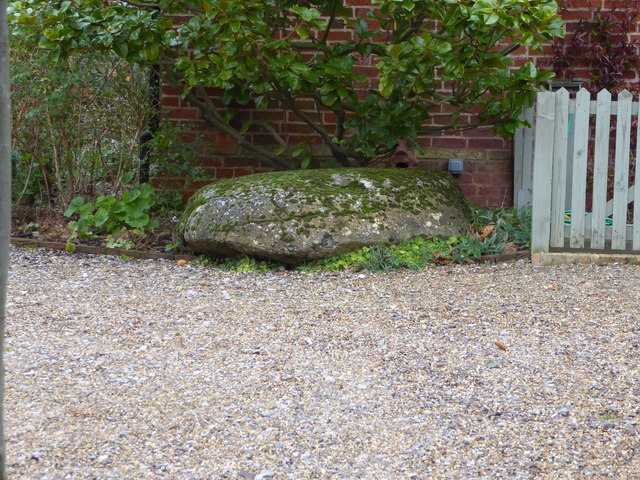



Blackstock Covert is located at Grid Ref: TM3356 (Lat: 52.161578, Lng: 1.4188576)
Administrative County: Suffolk
District: East Suffolk
Police Authority: Suffolk
What 3 Words
///sailing.trample.named. Near Wickham Market, Suffolk
Nearby Locations
Related Wikis
Plomesgate Rural District
Plomesgate Rural District was a rural district within the administrative county of East Suffolk between 1894 and 1934. == History == The district had...
Campsea Ashe
Campsea Ashe (sometimes spelt Campsey Ash) is a village in Suffolk, England located approximately 5 miles (8 km) north east of Woodbridge and 6 miles...
Little Glemham
Little Glemham is a small village on the A12 road, in the East Suffolk district, in the county of Suffolk, England. The population of the parish at the...
Marlesford
Marlesford is a village and civil parish in the East Suffolk district of Suffolk, England. The population of the civil parish at the 2011 Census was 233...
Marlesford railway station
Marlesford railway station was a station located in Marlesford, Suffolk. It closed in 1952.The station was served by trains that operated between Framlingham...
Wickham Market railway station
Wickham Market railway station is on the East Suffolk Line in the east of England, located in Campsea Ashe, Suffolk, approximately 2 miles (3.2 km) east...
Glemham Hall
Glemham Hall is an Elizabethan stately home, set in around 300 acres (120 ha) of park land on the outskirts of the village of Little Glemham in Suffolk...
Blaxhall
Blaxhall is a village and civil parish in the East Suffolk district of the English county of Suffolk. Located around 8 miles (13 km) south-west of Leiston...
Nearby Amenities
Located within 500m of 52.161578,1.4188576Have you been to Blackstock Covert?
Leave your review of Blackstock Covert below (or comments, questions and feedback).



